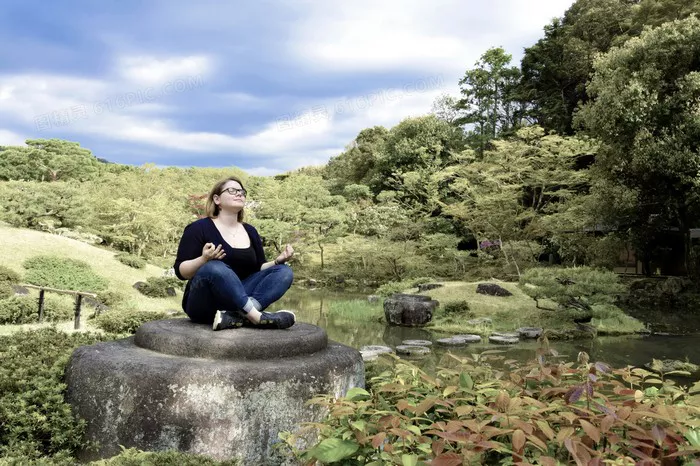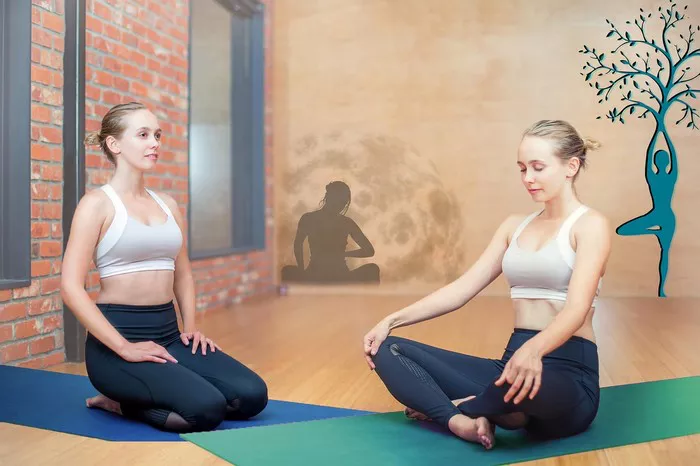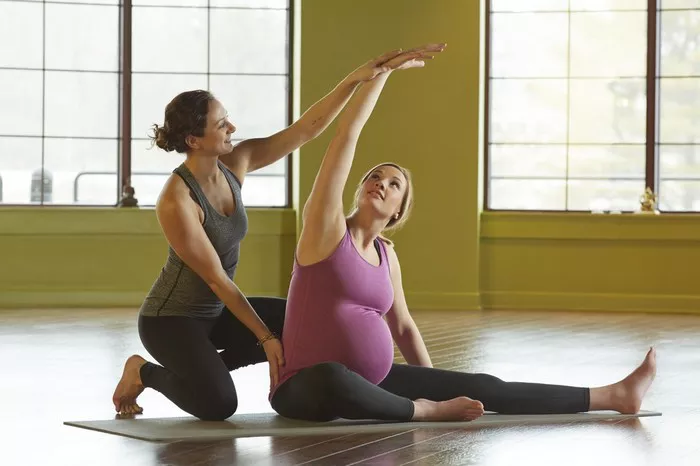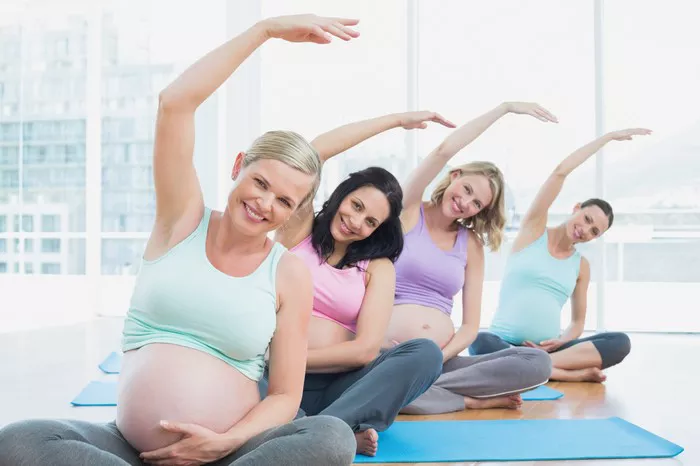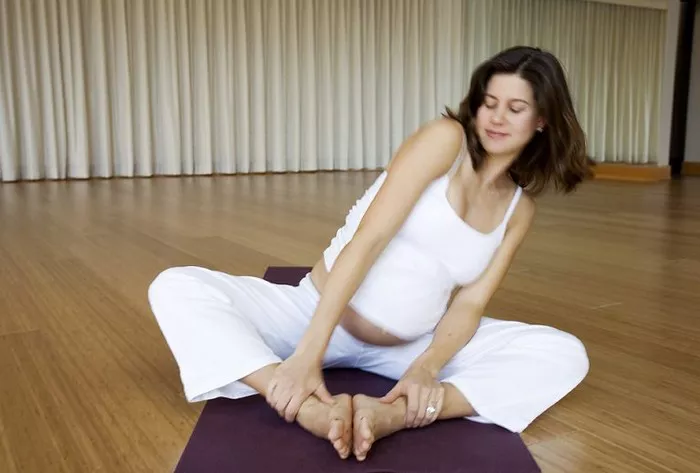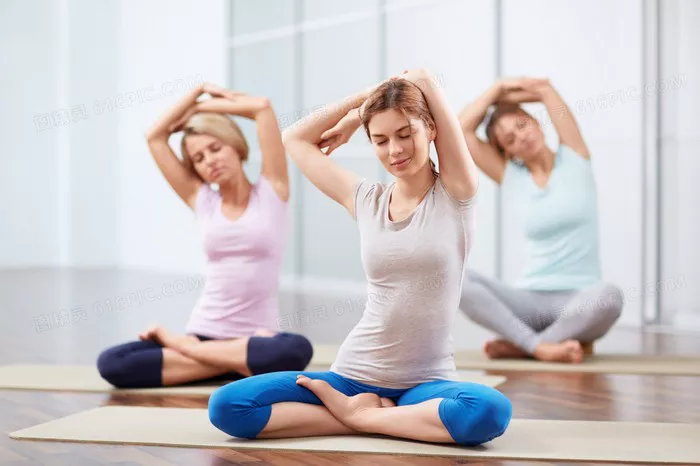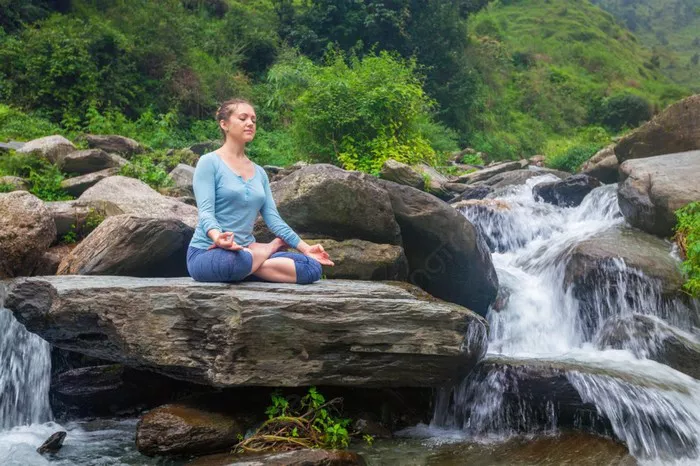In the world of yoga, breath is just as essential as the postures themselves. It is the rhythm of the breath that guides the body, calms the mind, and deepens the practice. Whether you are a seasoned yogi or a beginner, understanding how to breathe correctly during each asana (pose) is fundamental to getting the most benefit out of your practice. Among the most common questions that arise in yoga classes is one related to a series of postures known as Cat-Cow Pose (Marjaryasana-Bitilasana).
These two postures are frequently linked together, often performed in a flowing sequence to warm up the spine and help synchronize the breath with movement. The question of whether to inhale in Cat or Cow Pose seems simple at first but requires a deeper understanding of both the mechanics of the poses and the principles of breathwork in yoga. In this article, we will explore when and why you should inhale or exhale in these postures, providing clear and practical insights for your yoga practice.
Understanding Cat-Cow Pose: A Brief Overview
Before diving into the specifics of breath in each posture, it’s helpful to revisit the basic alignment and movement principles of Cat-Cow Pose.
Cat Pose (Marjaryasana): In Cat Pose, you begin in a tabletop position with your hands directly beneath your shoulders and your knees beneath your hips. As you inhale or exhale, you round your back towards the ceiling, drawing your chin towards your chest. The movement involves an articulation of the spine from the tailbone to the neck, as the belly draws inward, and the lower back rounds. This is a flexion of the spine.
Cow Pose (Bitilasana): In Cow Pose, you start from the same tabletop position, but this time, you will arch your back downward. The movement involves tilting the pelvis upwards, lifting your chest, and looking up, creating a gentle curve in the spine. This is an extension of the spine.
The combination of Cat and Cow is often practiced in a flowing sequence, transitioning from one pose to the other with each inhale and exhale.
The Role of Breath in Yoga
To understand how to breathe properly in these poses, let’s first take a step back and consider the role of breath in yoga.
Breathing is an essential tool for:
Regulating the Nervous System: Inhaling activates the sympathetic nervous system (the “fight or flight” response), while exhaling activates the parasympathetic system (the “rest and digest” response).
Deepening Postures: Proper breathwork allows us to move deeper into a pose, allowing for greater flexibility, stability, and strength.
Cultivating Mindfulness: Yoga is not just about physical postures; it’s a practice of mindfulness. Connecting with your breath fosters a sense of presence, which is key to achieving a meditative state.
In terms of asanas (poses), breath is synchronized with movement to create a fluid, dynamic practice. This is where the concept of Ujjayi pranayama (victorious breath) comes in, where breath is intentionally controlled to cultivate heat, focus, and mindfulness throughout the practice.
The Proper Timing of Inhalation and Exhalation in Cat-Cow Pose
Now that we have an understanding of the importance of breath in yoga, we can address the specific question: Should you inhale during Cat Pose or Cow Pose?
Inhaling in Cow Pose (Bitilasana)
In Cow Pose, you should inhale as you move into the arching position. Here’s why:
Spinal Extension: As you lift your chest and drop your belly towards the floor, your body is going into an extension of the spine. This is a movement that expands the chest and opens the heart, which is naturally associated with an inhalation.
Opening the Chest: During an inhale, the diaphragm moves downward, which creates more space in the chest cavity, facilitating the expansion of the lungs. This aligns perfectly with the action of arching the back and lifting the chest in Cow Pose.
Encouraging Breath Expansion: The inhale during Cow Pose helps to fully expand the ribcage, creating more capacity for breath and a greater sense of openness in the upper body.
To perform Cow Pose correctly with the breath:
- Start in a tabletop position with your shoulders directly over your wrists and your hips over your knees.
- As you inhale, drop your belly toward the floor, lift your tailbone toward the sky, and draw your chest forward, creating an arch in the spine.
- Open your heart and gently gaze upward, making sure your neck remains long and relaxed.
This breath pattern allows for a smooth transition into the pose, and the chest expansion provides an opportunity for a deep inhale, filling the lungs and the heart with energy.
Exhaling in Cat Pose (Marjaryasana)
In Cat Pose, you should exhale as you round your spine. This is because:
Spinal Flexion: In Cat Pose, you are rounding the back, which is a spinal flexion movement. When you exhale, the diaphragm moves upward, which naturally encourages the rounding of the spine and the contraction of the abdominal muscles.
Contracting the Abdomen: Exhaling activates the core muscles, which are crucial for supporting the flexion of the spine. It’s important to draw your belly button towards your spine as you exhale to deepen the stretch and fully engage the abdominal muscles.
Releasing the Breath: The exhalation in Cat Pose promotes the release of tension from the body, especially in the spine, shoulders, and neck. It allows you to fully round and stretch the back, helping to release any tightness.
To perform Cat Pose with the breath:
- Start in a neutral tabletop position, with your hands under your shoulders and your knees under your hips.
- As you exhale, draw your belly button toward your spine, round your back toward the ceiling, and tuck your chin towards your chest.
- Engage your core, and press into the ground with your hands to enhance the rounding of the spine.
This exhalation allows for a deep contraction of the core and a greater release in the upper back and neck.
The Benefits of Proper Breath Alignment in Cat-Cow Pose
Using the breath correctly in Cat-Cow Pose does more than just ensure proper timing—it also enhances the benefits of the poses. Here are some of the key benefits:
Improved Spinal Health: By inhaling in Cow Pose and exhaling in Cat Pose, you’re encouraging a full range of motion in the spine. The fluid movement between spinal extension (Cow Pose) and flexion (Cat Pose) helps to increase flexibility, mobility, and strength in the spine. This dynamic movement can alleviate stiffness, improve posture, and reduce the risk of back pain.
Stabilizing the Core: The coordination of breath with movement strengthens the core muscles. Exhaling during Cat Pose activates the abdominal muscles, while inhaling during Cow Pose helps to lengthen the body and maintain stability in the lower back. A strong, engaged core is key to supporting the spine during yoga practice.
Stress Relief: The mindful breathwork involved in Cat-Cow Pose helps to calm the nervous system, reduce stress, and promote relaxation. The rhythmic breathing is also meditative, encouraging mental clarity and focus, which enhances overall well-being.
Improved Posture: The deep stretching of the back and chest in these poses encourages better posture by lengthening the spine and opening the chest. This can be especially beneficial for individuals who spend long hours sitting at desks or working on computers.
Common Mistakes in Cat-Cow Pose and How to Fix Them
Even experienced practitioners can sometimes fall into certain patterns that may hinder the full benefits of these poses. Here are some common mistakes to avoid:
Holding the Breath: Some people hold their breath while transitioning between Cat and Cow, especially when trying to deepen the stretch. Holding the breath can create tension and reduce the effectiveness of the pose. Always remember to link your movement with the breath.
Overarching the Back in Cow Pose: It’s easy to go too far into the arch during Cow Pose, which can strain the lower back. Instead of collapsing your lower back, keep your core engaged and move from the pelvis rather than just the upper back.
Rounding the Shoulders in Cat Pose: Instead of just focusing on rounding your lower back, make sure you’re also rounding the upper back and drawing the shoulders away from the ears. This helps release tension in the neck and shoulders.
Conclusion
In conclusion, the correct alignment of breath with movement in the Cat-Cow sequence is integral to getting the most benefit out of these postures. By inhaling during Cow Pose and exhaling during Cat Pose, you will not only deepen your practice but also enhance spinal flexibility, engage the core, and reduce stress.
As with all aspects of yoga, the most important thing is to be mindful of your breath and how it interacts with your body’s movements. With consistent practice, you’ll begin to feel the profound effects of synchronized breath and movement, not just in these poses but in every aspect of your yoga journey.
Related Topics:




